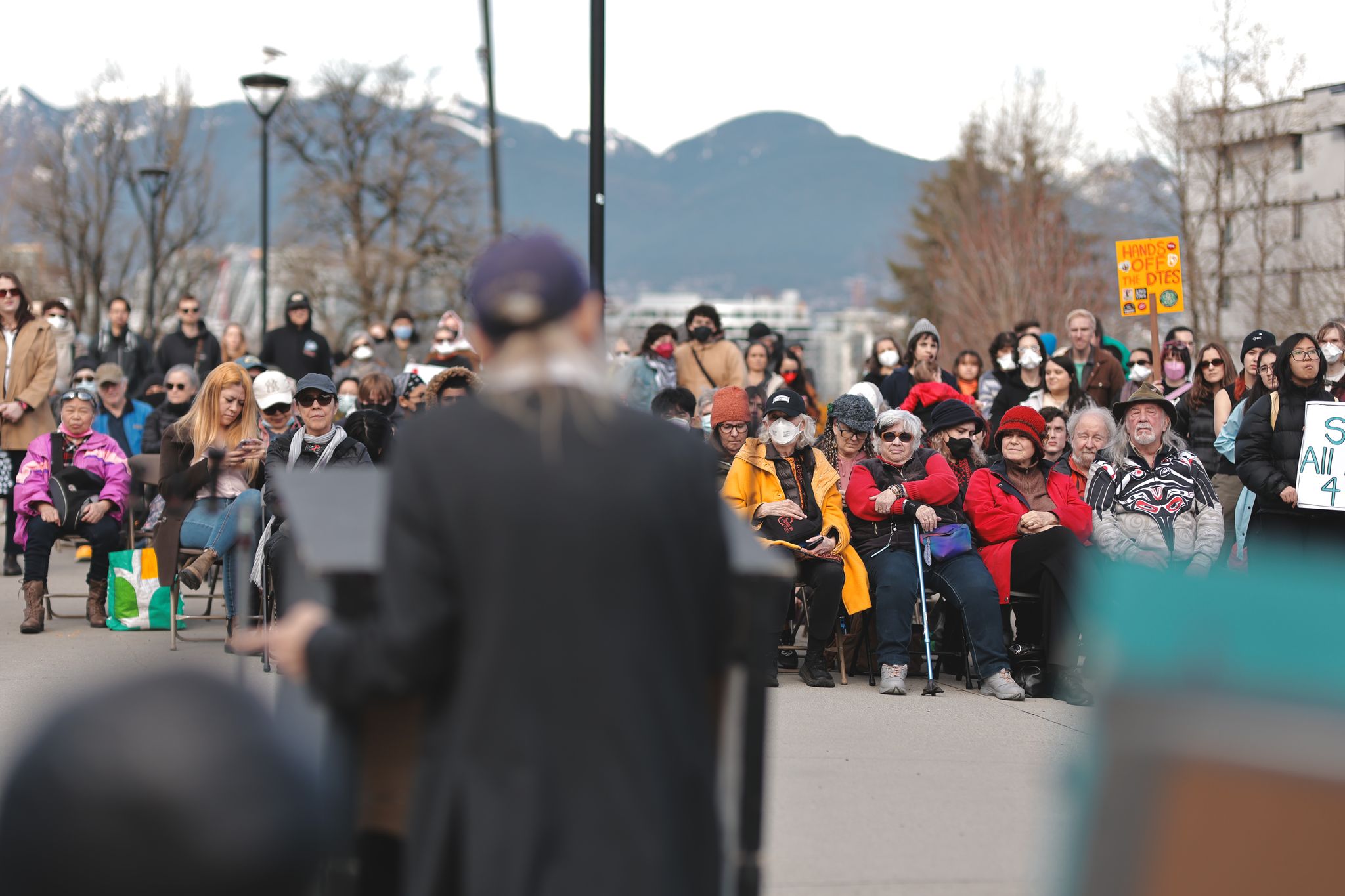City Hall
Condo marketer Bob Rennie claims to have sold 128 of 230 condo units up-for-grabs in the latest round of sales at the Olympic Village....
Hi, what are you looking for?


Vancouver Mayor Ken Sim has announced a plan to freeze supportive housing development in the Downtown Eastside (DTES). The plan is part of a...
Condo marketer Bob Rennie claims to have sold 128 of 230 condo units up-for-grabs in the latest round of sales at the Olympic Village....
For the last few years the City has repeatedly claimed that there is no money for housing. As the Mayor said last October when...
BCCLA REPORT ON RCMP | A report released this week by the BC Civil Liberties Association has given a glimpse into what life can be like...
VANCOUVER VIEWS | Later today at City Hall there will be a discussion and vote on “Vancouver Views,” a policy that would see increased heights...
This past Thursday, the Vancouver Police Department published a press release about a series of arrests made in the Downtown Eastside. It describes eight...
Last Thursday, grassroots pressure forced Vancouver City Council to halt plans for two condo towers, as well as halting overall plans for height upzoning...
AFFORDABILITY | Several BC cities have been ranked “severely unaffordable” in a recent world-wide affordability report. The list included Vancouver, Victoria, Abbotsford and Kelowna.Vancouver...
Instead of hearing 80 speakers from the public, City Council voted today to defer hearings until a later consulation. Fifty of those speakers were at...
Mayor Robertson and his party won power on the backs of the poor, claiming to represent their aspirations and promising to “End Homelessness.” Today,...
NORTH EAST FALSE CREEK | A new deal between the city and the Concord Pacific development corporation might further change the social geography of...